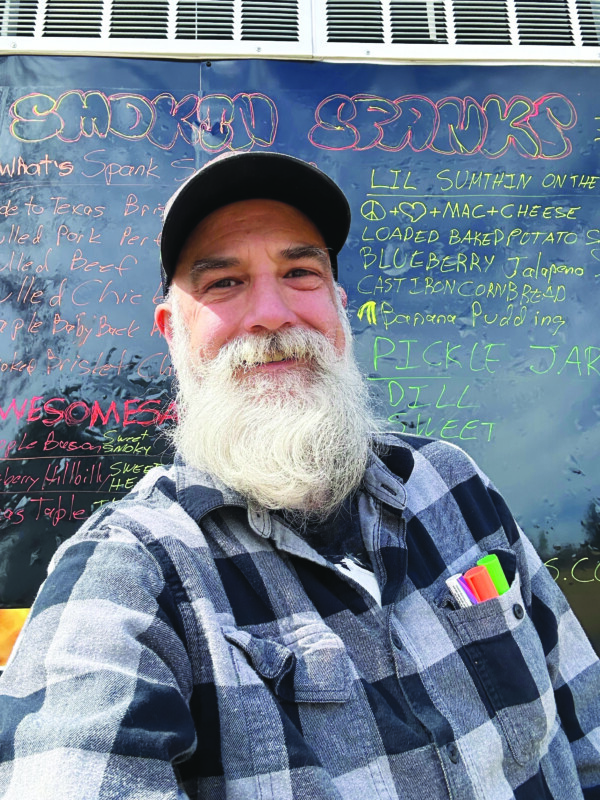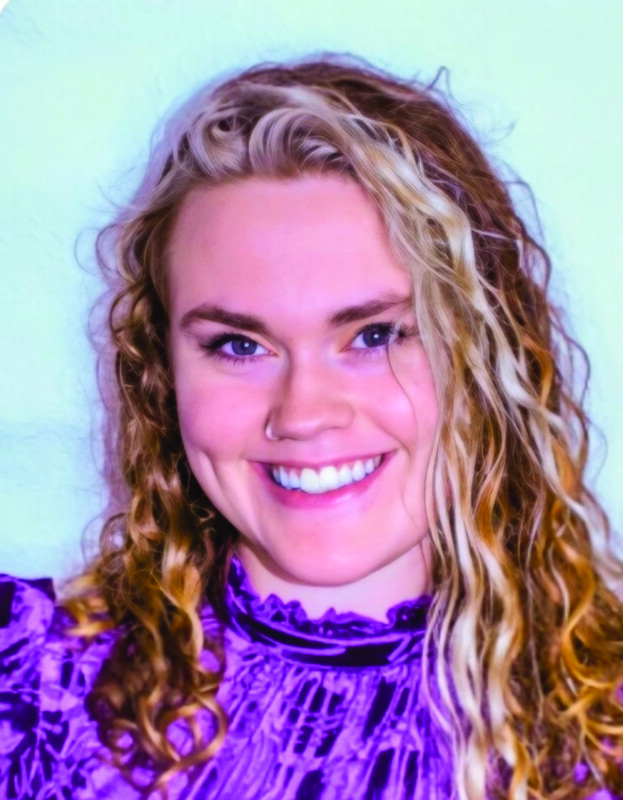Maternity and newborn photographer
Kim Shimer (kimshimer.com) is a newborn baby and maternity photographer. Sessions are done at her studio in Deerfield.
Explain your job and what it entails.
I primarily photograph maternity through [the child’s] first birthday. My main focus is on maternity and newborn sessions. I have a client closet full of gowns and everything needed to style my newborn session so it helps make a stress-free experience for my clients.
How long have you had this job?
I have been specializing in maternity and newborn photography for 11 years.
What led you to this career field and your current job?
Being a mother of five, I absolutely cherished that stage of my life, and I feel so many women don’t realize just how beautiful they are while pregnant. They may see a different version of themselves in the mirror, and I am able to show them how the world sees them. Newborns are photographed in the first two to three weeks of life, and their newness and smallness is so fleeting that I am genuinely honored to be able to preserve this for families.
What kind of education or training did you need?
My love for photography started in high school, but in the digital age we live in and with the online training available to us, I am always learning. I actually have a dual screen so that I can watch trainings while I edit my galleries. As much as I love to learn online, I have taken several in-person mentorship workshops and have gone on retreats where I learned from the best in the newborn-and-maternity niche. I am also a strong believer of ‘community over competition’ and grew tremendously through forming genuine friendships with fellow photographers.
What is your typical at-work uniform or attire?
During a session I wear comfy stretchy pants and a Kim Shimer Photography T-shirt and cute socks. I actually find it fun to match my socks to a client’s nursery theme to see if they notice.
What is the most challenging thing about your work, and how do you deal with it?
The most challenging thing about my job is probably the business side of things. I am, like most creatives, not a fan of the numbers or administrative stuff, so I avoid it, which causes me stress.
What do you wish you’d known at the beginning of your career?
As I said, I embrace community over competition, but that was not always the case. I think I caused myself too much stress comparing myself to peers in the beginning. My true growth [occurred] when I started using my network to learn and gain guidance from.
What do you wish other people knew about your job?
I am being entrusted with newborn babies, so I am invested in making sure your baby’s safety is a priority. They may look like cute little props being posed, but behind the scenes, there is a reason for every movement I make with these precious babies, and I am honored to be entrusted with them at that stage in their lives.
What was the first job you ever had?
I worked at Kmart in the women’s department.
What’s the best piece of work-related advice you’ve ever received?
Stop comparing yourself.
Five favorites
Favorite book: The Phantom Tollbooth by Norton Juster
Favorite movie: Grease
Favorite music: Noah Kahan
Favorite food: Apples and peanut butter
Favorite thing about NH: Fall foliage
Featured photo: Kim Shimer. Courtesy photo










